|
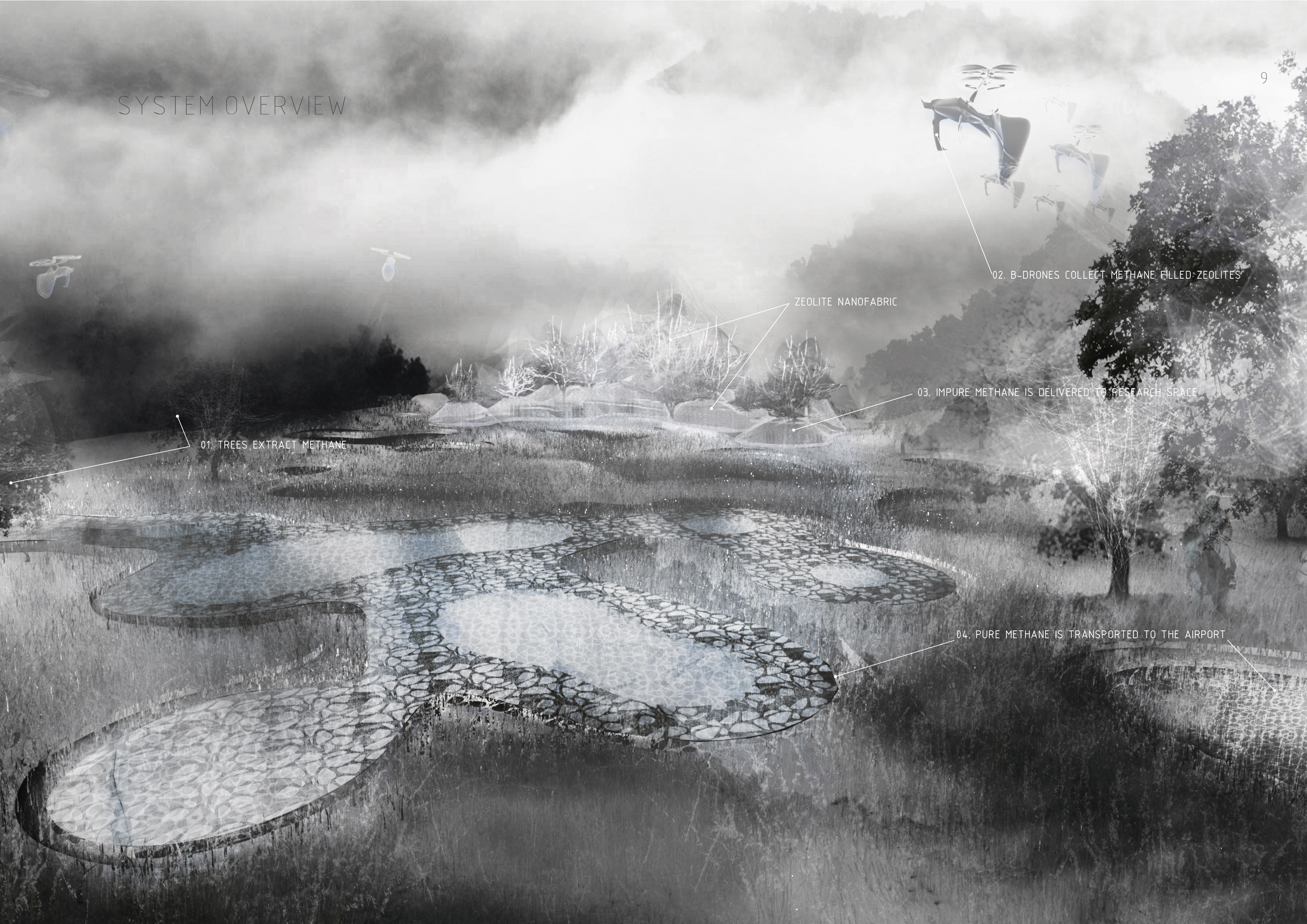
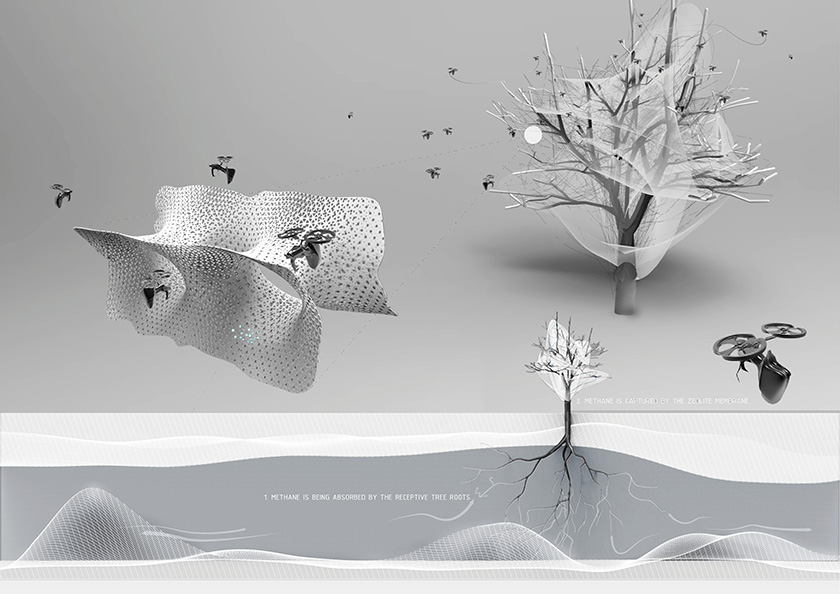
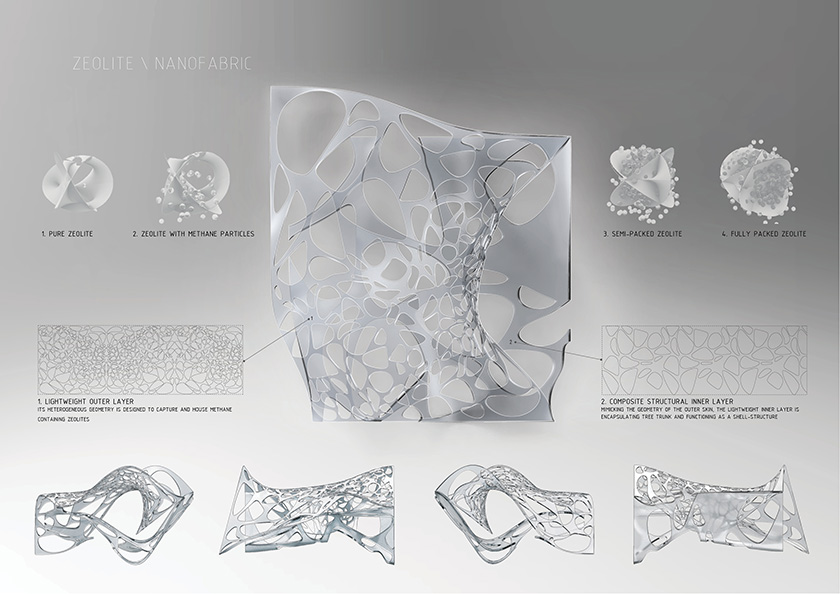
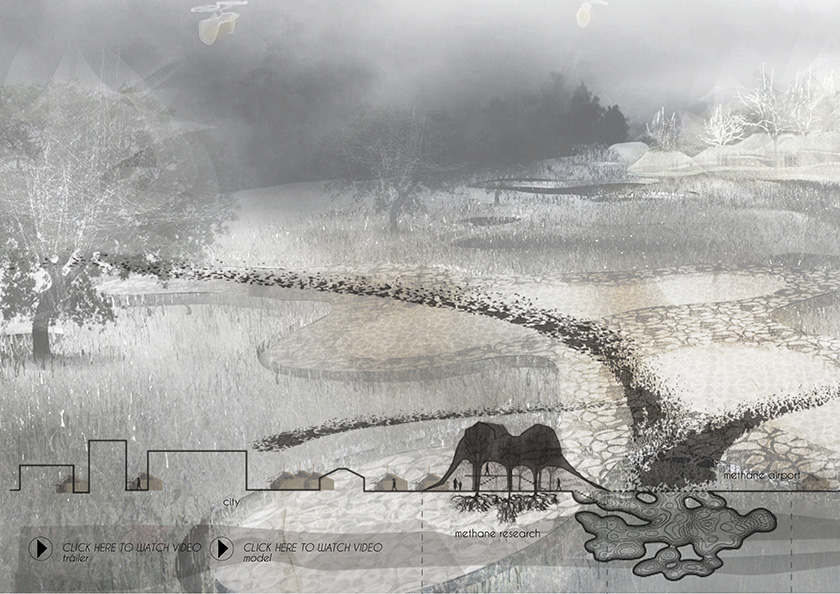 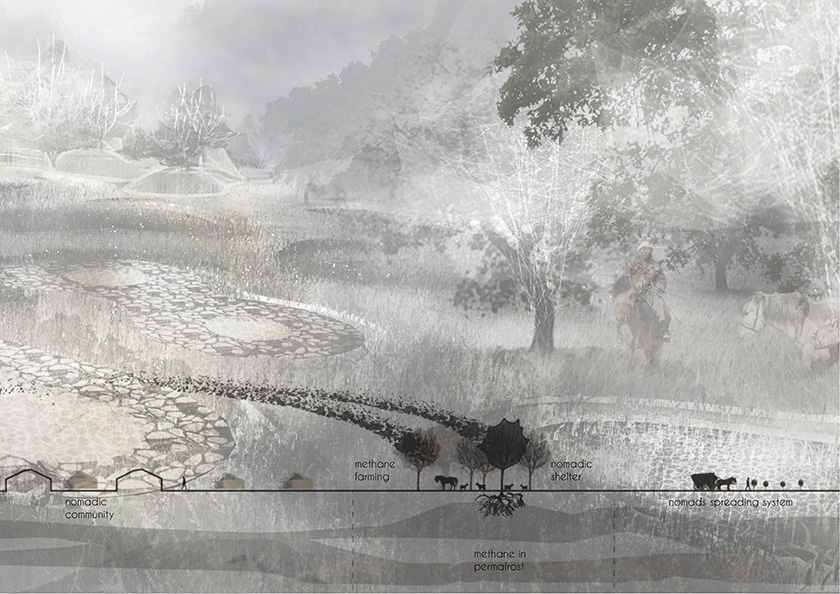
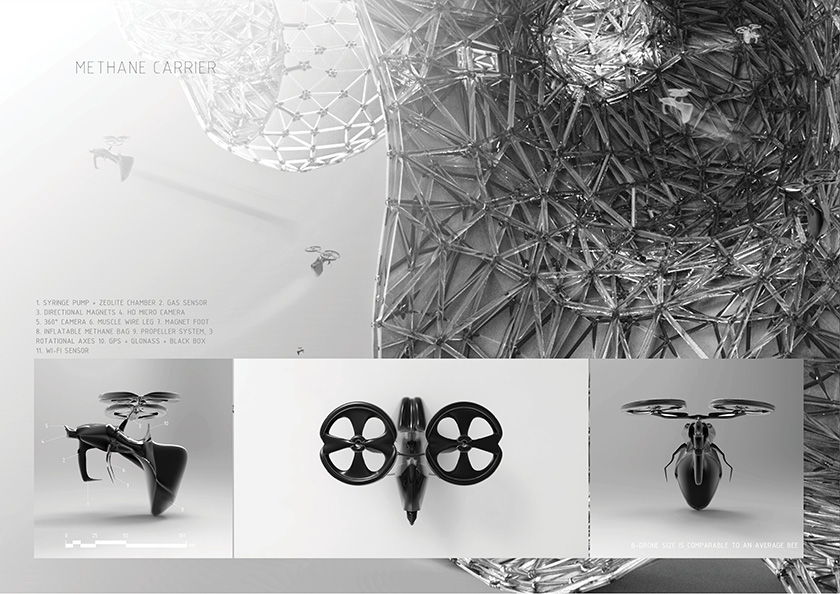 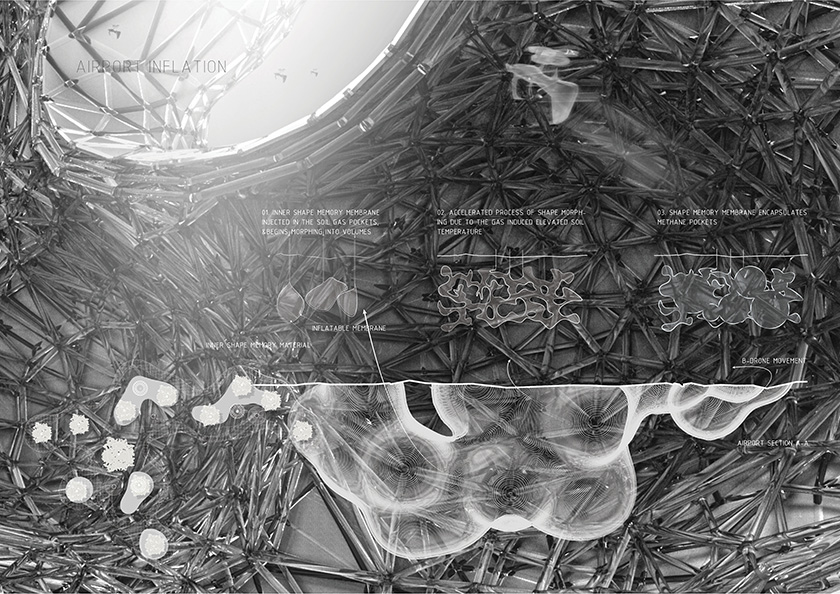
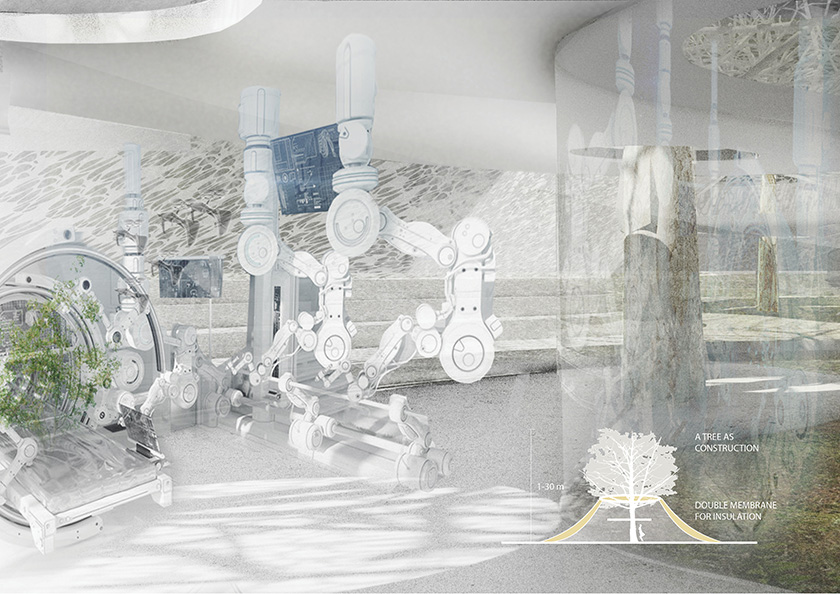 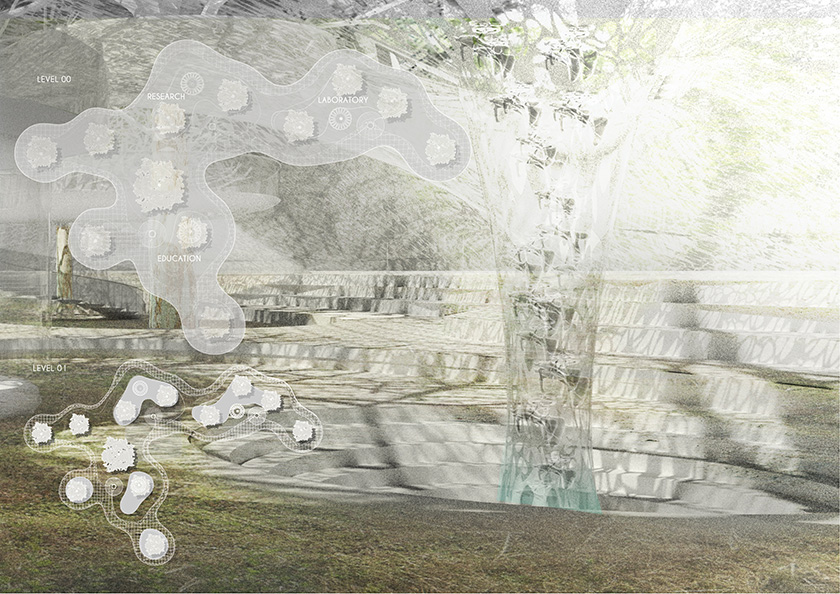
|
project name
KATA project
done for
IAAC - Self Sufficient Buildings
Enric Ruiz Geli
corporation / team
Kateryna Rogynska
Alessio S. Verdolino
Tobias Grumstrup Lund Øhrstrøm
Agnieszka Janusz
interfaces
Rhino
Grasshopper
Maya
Unity 5
The KATA project is a direct response to pressing issues of Methane Release, harshening climatic conditions and scarce life resources for nomads in Mongolia.
For centuries nomadic families have depended on the vast lands of Mongolia to provide them and their livestock with sufficient amount of food and water. However, the past decade has proven this tradition to be no longer viable. Global Warming and its harsh effects on the Mongolian environment are to blame. Almost half of Mongolia’s population (3 million) are migrating nomads that move to a new location seasonally once the soil of current settlement was depleted of its natural resources. The rapidly worsening environmental conditions have drastically reduced the chances of finding a new favourable for living land at once, thus forcing nomads to abandon historically formed customs of living in the wild and move to the peripheries of polluted cities in hopes of finding means for survival. What neither the suffering nomads nor the moderately content city dwellers are aware of are the effects that Global Warming has on their entire existence and not only convenience of daily life. The gigantic silent atomic bomb that our planet has yet to become aware of is residing under the vast lands of the most breath taking valleys and mountains of Mongolia: the Methane Bomb. A deep layer of frozen biomass, permafrost, has been releasing unimaginably large quantity of methane gas into the atmosphere, putting our population in danger due to its flammable and explosive characteristics. If addressed immediately, this problem might be alleviated and furthermore, turned into a source of seemingly endless source of renewable energy. http://youtu.be/2ezamdj6aIw
The KATA Initiative is a comprehensive response to the Methane crises currently riveting Mongolian lands. The main pillars of KATA are:
METHANE EXTRACTION \ safe extraction of Methane from the depth of Permafrost through trees, that are biologically predefined as Methane digesters. Mongolian lands house several typologies of trees and shrubs that take in Methane through their roots and pass it into the atmosphere.
TRAPPING METHANE \ if covered with extremely lightweight zeolite containing nano fabric ( polymer/aluminium alloy based material), the particles of methane will immediately attach to its surface driven by the chemical properties of both components. In such a way an extremely volatile gas becomes tangible and allows for numerous handling options, transportation being one of them.
TRANSPORTING METHANE \ once the gas is translated into a mere layer of particles on a provided surface it can also be rearranged into a different chemical setup, yet again changing its physical properties. Enriched with zeolites, methane obtains an additional atomic mass of the zeolite grain, thus becoming a finite sand-like substance that will not escape into the atmosphere.
TRANSPORTING WITH B-DRONES \ Methane collecting drones are part of the transportation system of the KATA Initiative. Several drone typologies have been designed to collect, transport to the storage facilities as well as deliver methane to the research and development centres of KATA.
STORAGE OF METHANE \ the drone’s trunk is packed with methane molecules which are later transported to the receiver -airport. The assembly of the airport predefines its form. At first, methane pockets are located in the soil, then porous rubber-based material is “inflated” into the ground, fully encapsulating floating methane. Shape memory polymer, enriched with numerous zeolites, is later poured into the newly formed cavity. Thus, the airports form is not invasive or harmful towards the surrounding soils and serves as a porous environment into which drones bring methane gas for prolonged storage.
METHANE RESEARCH \ due to its chemical properties, methane gas containing less than 40% of impurities, can be used as clean burning energy instantaneously or stored for later applications at the methane airport. If the gas contains more than 40% of other volatile particles, it will be transported to the research centre, where its main application is targeted towards purification research and educational purposes of the local communities. A public center will manage and develop the system of KATA project. The design is based on trees, as the trees are used as main construction. The facade is a double membrane of zeolite fabric, which protects the center for the harsh weather. The center is growing with the trees, as the system grow.
THE SYSTEM IN A GAME \The nomads are the main drivers of the system. As method of education we published a game to understand the pillars in the system:
http://www.youtu.be/FseIHE8GEdg
METHANE ENERGY APPLICATION \ local extraction, purification and advancement of methane research are the bare minimum applications that KATA Initiative will provide the nomad community with. Instant clean source of energy will be delivered by the gets and surrounding cities by sustainable drone transportation system. The much needed source of energy that Mongolia has been striving for is at last given to its people. The KATA Initiative is not a profit-oriented corporation, but rather a collective of like-minded scientists who aim at transforming the potential world-scale catastrophe to a source of life for the struggling Mongolian society. The minimal scale intervention will begin nearby the northern city Ulaangum, servicing both the migrating nomads and the urban dwellers. The KATA Initiative will later be implemented in other methane-rich Mongolian territories. With the advancement of technologies and continuous input from the world intelligence methane gas will slowly become a driving force for prosperous life inside and outside of the Mongolian borders.
Download booklet about project
|

